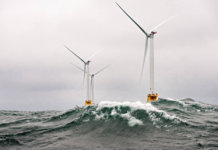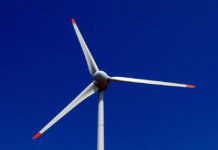The renewable energy sector continues to perform well despite the continuing economic recession, incentive cuts and low natural-gas prices, according to the REN21 Renewables 2011 Global Status Report.
In 2010, renewable energy supplied an estimated 16% of global energy consumption and delivered close to 20% of global electricity. Renewable capacity now comprises about a quarter of total global power-generating capacity, according to the report.
Globally, wind power added the most new global capacity – followed by hydropower and solar photovoltaic (PV) – but for the first time, Europe added more PV than wind capacity.
Renewable energy policies continue to be the main driver behind renewable energy growth. As of early this year, at least 119 countries had some type of policy target or renewable energy support policy at the national level – more than doubling from 55 countries in early 2005. More than half of these countries are in the developing world.
‘The increased renewable energy activity in developing countries highlighted in this year's report is very encouraging, since most of the future growth in energy demand is expected to occur in developing countries,’ says Mohamed El-Ashry, chairman of REN21's steering committee.
At least 95 countries now have some type of policy to support renewable power generation. Of all the policies employed by governments, feed-in tariffs remain the most common.
Last year, investment reached a record $211 billion in renewables – about one-third more than the $160 billion invested in 2009, and more than five times the amount invested in 2004.



